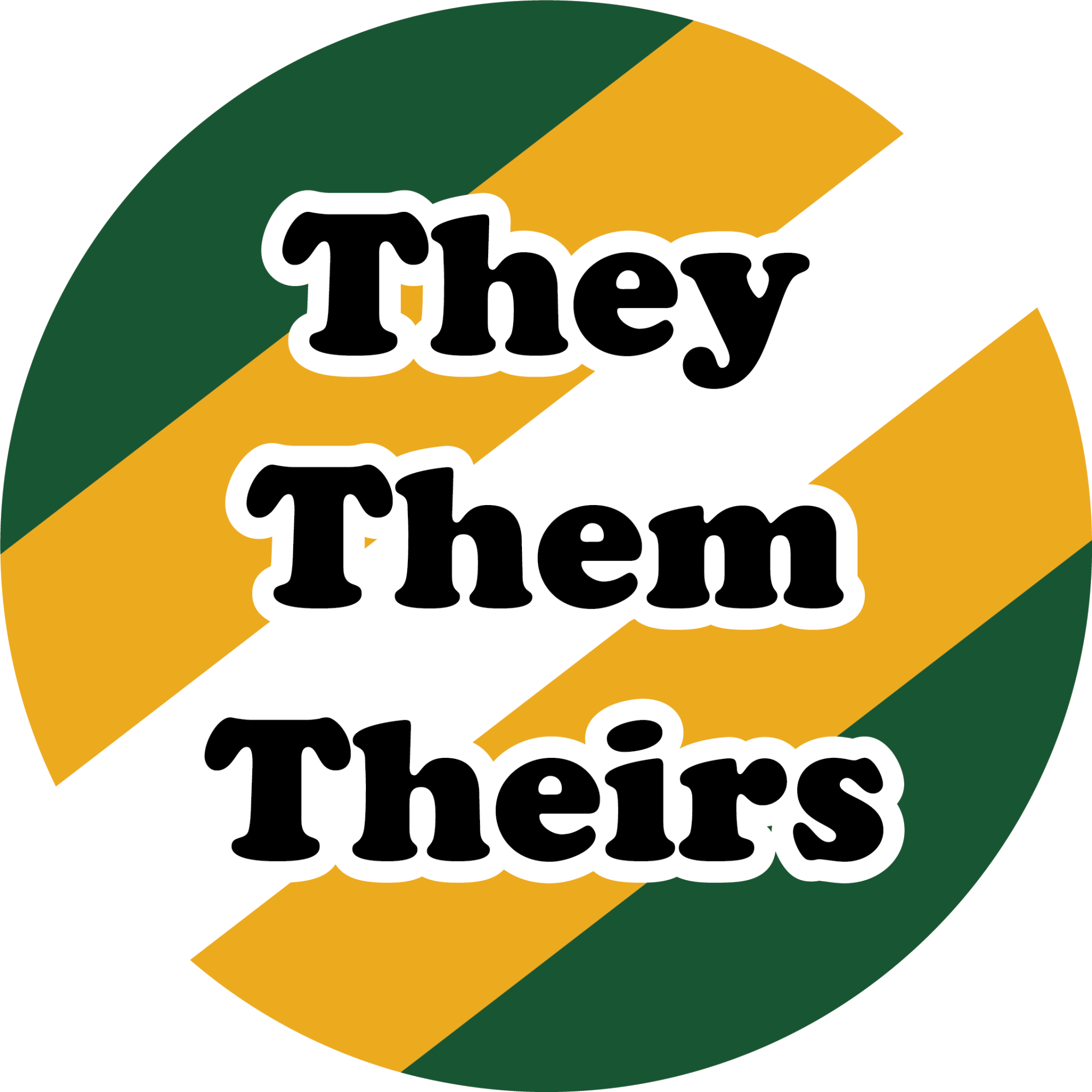Purpose
This guide is intended to help the university community learn to use each member's pronouns correctly. The practice of sharing and inviting others to share which pronouns they use helps respect the diversity of gender identities while fostering a safe and inclusive environment.
What are pronouns and why are they important?
Personal pronouns are words you may like others to use in place of your proper name. Pronouns can be feminine, masculine, non-binary or gender-inclusive. Some individuals use no pronouns and instead prefer their name in all references.
It is important to use a person's correct pronouns and to avoid assumptions based on name or gender expression (clothing, hairstyle, voice, etc.). Assumptions about pronouns can lead to misgendering—being labeled or addressed by others in a way that does not reflect one's gender. This can cause an individual to feel disrespected, alienated and unsafe.
Definitions
Sex: Sex is a label — male, female or intersex — that you’re assigned by a doctor at birth based on the genitals you’re born with and the chromosomes you have. It does not necessarily match someone’s gender / gender identity.
Gender: Behavioral, cultural, and/or psychological ideas associated with a particular gender identity.
Gender identity: The internal perception of one’s gender, and how they label themselves, based on how much they align or don’t align with what they understand their options for gender to be.
Sexual Orientation: An emotional, romantic or sexual attraction to other people; of the same gender, different gender or multiple genders.
View our Winter Breakout Sessions
Gender Identity Training: Using Pronouns at SUNY Oswego
To ensure all members of our campus community understand and are educated about using appropriate pronouns and non-gendered language, are aware of the impact of pronoun naming, and can take intentional steps to develop skills, this presentation will share gender identity definitions, and explore pronoun usage and how to be proactive and inclusive with language.
Practicing Pronouns—Getting New Pronouns To Stick
It's hard to change habits. When someone we work with, teach, or love changes their pronouns, it can be a challenge to make that shift in habit—even when we truly intend and desire to honor their new pronouns. In this session we'll discuss some quick and usable strategies for using different pronouns—and making it stick.


